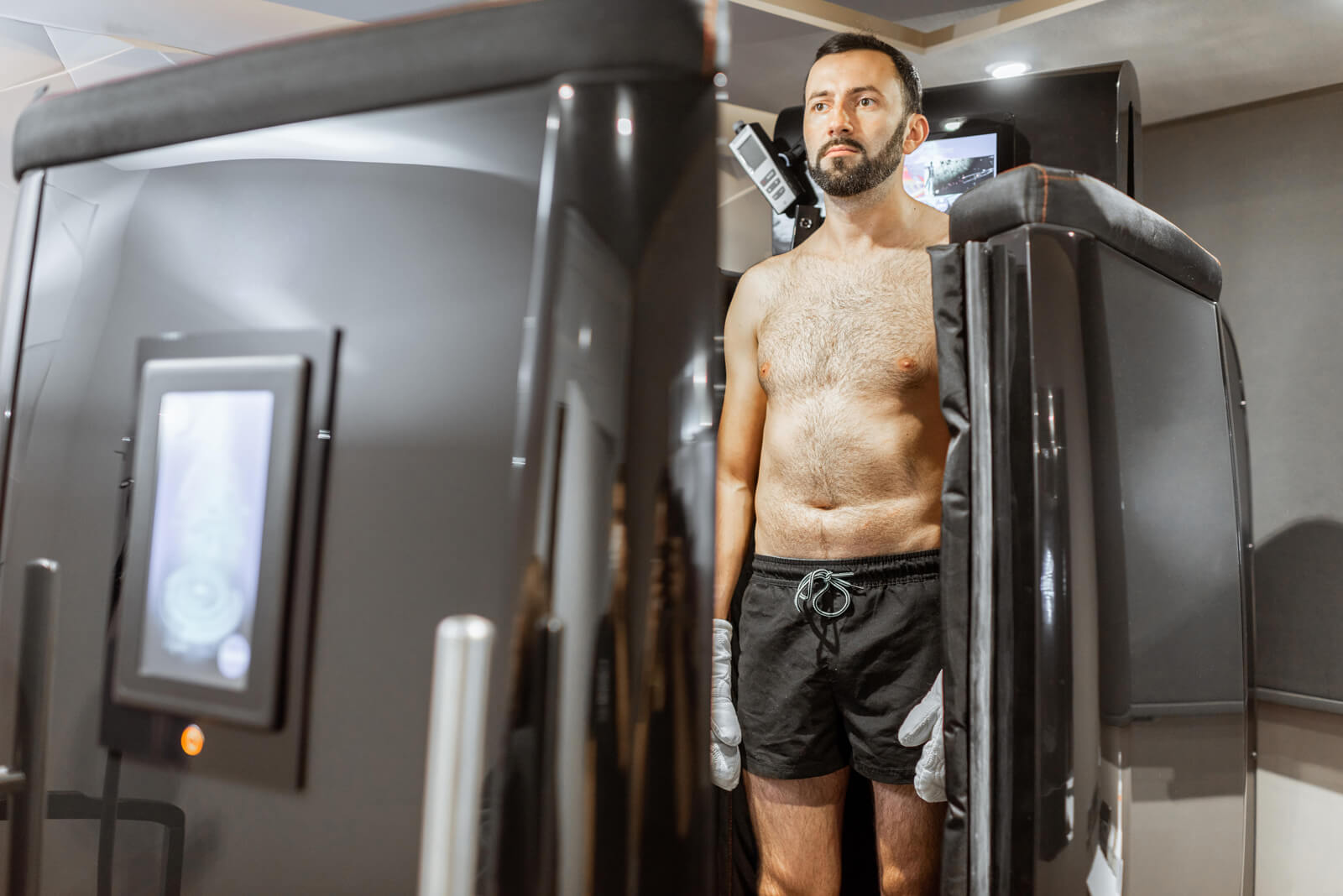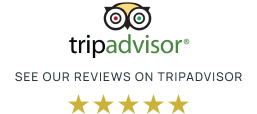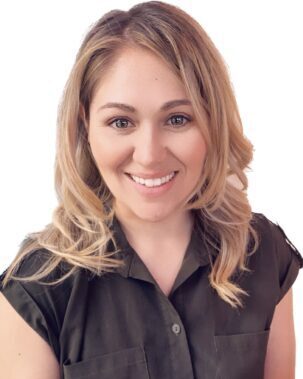With the holidays right around the corner, the end of the year can be a stressful time for everyone. The pressures of travel, family get-togethers, overspending, and time management can wreak havoc on your health.
Meditation is a helpful way to address some of these issues and get yourself in mental and emotional alignment.
In addition to easing depression and anxiety, regular meditation can lead to additional benefits like reducing your stress level, making it easier to focus, and providing greater clarity for problem-solving. According to the Mayo Clinic, research also indicates that meditation could have a positive impact on physical illness like asthma, cancer, sleep disorders, and heart disease.
Though meditation might seem New Age, there’s nothing “new” about it. Self-reflection has been a part of many spiritual practices for thousands of years. If you’re interested in this ancient practice for your own wellness, here’s how to get started today.
Tip 1: Start small
If you’re not used to frequent meditation it’s best not to bite off more than you can chew. Start with a simple 5-minute meditation per day. You don’t need a dedicated room or secluded dojo to practice meditation. All you need is a quiet place where you won’t be interrupted–in your easy chair after the kids have gone to bed, behind the closed door of your office during lunch, in bed before falling asleep at night, or even in your parked car before going in to work. Simply set a timer for your meditation and remember to use a gentle alarm sound.
Tip 2: Go in with a goal
If you’re new to meditation, you might not be sure what it’s supposed to feel like, and might be more likely to quit after just a few sessions. Setting an intention for your
meditation keeps your energy focused during your inward journey and is also an incentive for your conscious mind to stick with the practice.
As you close your eyes and begin to deepen your breath, ask a specific question or focus on a specific area of your life in which you’re seeking more clarity or understanding. The unconscious mind stores wisdom, information, and inspiration, which you can use your meditation practice to gain a greater understanding of a particular issue. This approach to problem-solving is not uncommon; many CEOs use meditation to gain greater insight into business challenges or to brainstorm creative solutions.
Tip 3: Keep at it
This might sound like a given–if you want to meditate, of course you’ll keep it up, right? But taking the time to concentrate solely on your thoughts and feelings is something that many of us spend lots of time and energy trying to avoid. That’s why so many people try meditation but “just don’t seem to have enough time for it…” Set reasonable, small-scale goals such as “Meditate for 5 minutes every day for a week.” Then, when you’ve achieved that, simply add another week and increase the length of time per day spent in meditation. Keep each goal within a reasonable scope, rather than attempting sweeping changes to your lifestyle, so you’re more likely to keep up your new meditation practice.
Though it might seem daunting to make a major change to your daily routine, incorporating meditation into your life can provide many benefits, both physical and mental. The key is to set realistic expectations, use your practice toward a conscious goal, and above all else, keep at it until it becomes an integral part of your lifestyle. At that point, the benefits of meditation will speak for themselves.






